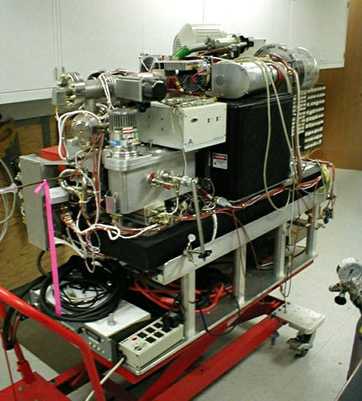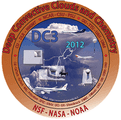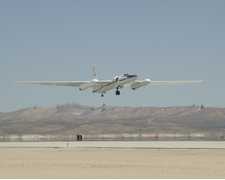The Particle Analysis by Laser Mass Spectrometry (PALMS) is a laser ionization mass spectrometer operated by NOAA. PALMS provides in situ measurements of aerosol particles and their chemical composition by using a UV laser pulse (193 nm) to generate ions. These ions are then analyzed with a time-of-flight mass spectrometer to produce the mass spectrum of each particle, which can be used to classify individual aerosol particles. PALMS has an aerosol size range of 0.2 to 3 microns and typically collects data at about 1 to 10 Hz. It can be used for either airborne or laboratory aerosol measurements.


Instrument Details
- Spectrometer/Radiometer
- Earth Science > Atmosphere > Aerosols > Chemical CompositionEarth Science > Atmosphere > Aerosols
- Lower Stratosphere, Troposphere
- 1-10 Hz
- N/A
- 564 THz, 1553 THz
- Currently unavailble
Gregory Schill
Gregory Schill
NOAA
NOAA, NASA Atmospheric Effects of Aviation Program
Filter data products from this instrument by specific campaigns, platforms, or formats.















